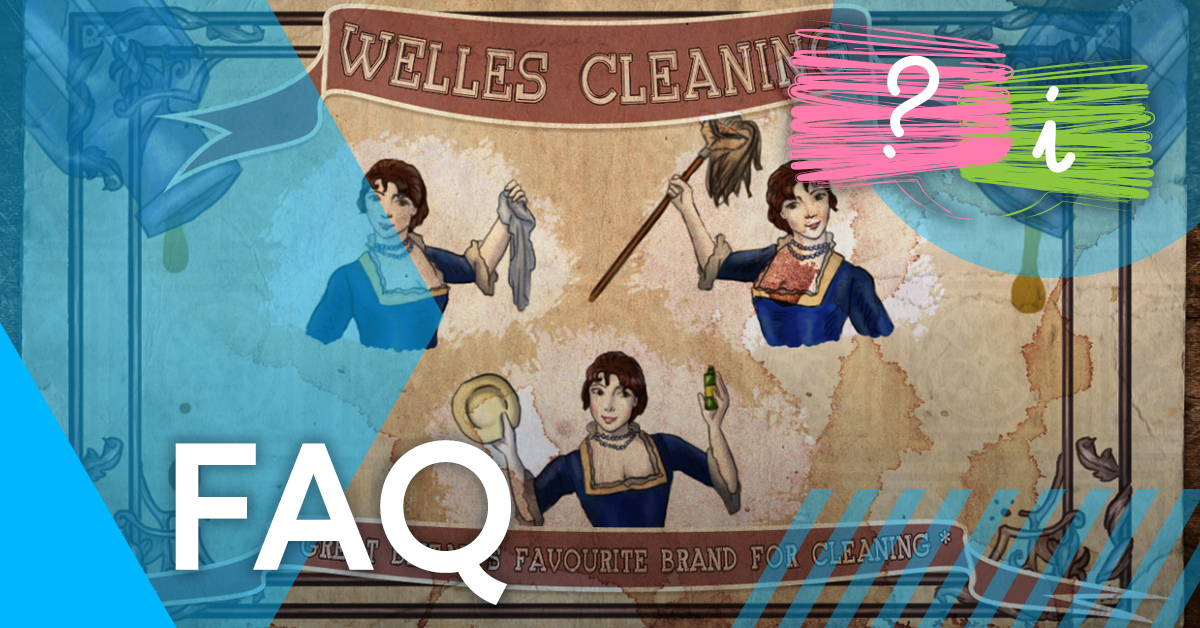The making of our care certificate courses
Posted 6 years ago
James Kelly interviewed our lead videographer, Mike Brooks, to discover what was required for the production of the 15 care certificate courses. You can watch the interview and read about it below.
How many hours of work do you think were put into the Care Certificate courses overall?
It ended up being an 8-month monster of a course. You’ve got 15 courses to script, you’ve got storyboarding before you can do anything. Then you’ve got the organising of the actors and the locations – and you’ve got the filming days themselves. That just gives you the raw material to actually create the videos. Then they get double checked in their final format as online courses. But we do that as a team, so there’s 9 people looking at it, checking it, seeing whether it all gels together. And, if it doesn’t, then you go back and you make amends and you get ready for the next course. It is such a huge project. It’s 15 courses, it’s just beyond anything iHasco’s tried before.
How many different locations were there and how did you choose them?
There were 10. And they were very disparate. Some were in the iHasco office, but then we used 2 other office units, so we weren’t repeating the same backgrounds. There was a tennis club thrown in, doubled as a care home. There were staff houses, Kaz and Lottie gave up their own front rooms to be filmed in. But there was a real care home, that was a really good thing. We actually got to film the “real deal” as it were. There was a community centre. But they were all chosen to represent the huge variety of experiences of our user base. There isn’t any point in showing it all in a hospital, or just a school. We have so many people that we need to talk to and there’s no point in them switching off when they see it isn’t relevant to them, because the points we’re getting across are very important and they need to reflect people’s real experiences.
How many actors were used to get the footage that we wanted?
It’s a difficult question because we did it step-by-step and course-by-course, but I was looking at the numbers and we had 25 professional actors, and that didn’t include the 40 extras we roped in and family and friends and iHasco employees to be in it. So much of the standards of care are based around people dealing respectfully with other people and you just can’t convey that kind of information in flow charts or infographics or even animation. To actually see somebody do it right, you have to see a person and see them engaging with another person properly.
What was the biggest challenge during production?
The juggling of it all. If an actor turns up late or they’re in the wrong costume, you lose a day of filming. If the set isn’t dressed correctly, the audience will spend its time looking at the blooper in the background rather than actually listening to what they need to listen to, and the important things that are being conveyed. It’s just juggling. Just trying to make sure everything’s there at the time, in front of the camera, so that the animators get a chance to have a flying start, and actually add things to that and make it even more memorable than just filmed footage.
Did you try any kind of new recording methods or techniques during the production process?
Yes, we were lucky enough to invest in a dolly set-up and a gimbal device. It means you don’t have to keep the camera locked, you can free it up, you can get in amongst the actors, you can make a much more natural form of storytelling. It adds another form of engagement to the whole production.
What was your personal favourite part of the production, across all 15 courses?
Working with the actors was fabulous because you start off the day with a drawing, a storyboard, of what you want to show, but every single person who helped us with the project, who came in and gave their time, all added their own experience. They all chimed in – “Oh yeah, when my grandma was ill, it happened like this, oh I remember that” or “when I had to have a carer come in because I broke my leg, it was like this, and he wasn’t very good at that” or “Oh yeah, he really saw how to do that”. Everybody, all the actors we worked with were just adding to the skimpy little drawing on the storyboard and making it real, so it actually reflected what they had experienced from the care community. That was fabulous. I suppose the second bit to that was filming the course, actually visiting a real care home and seeing the reality of a truly caring, supported home. So much of the headlines are when it goes wrong, or when it isn’t done properly and people fall through the gaps. But actually getting to see when it works and when people do what they love and help people, it was a fabulous day filming that.
The care certificate training bundle
iHasco are delighted to be able to provide the Care Certificate courses as a complete package, for those training to meet the 15 standards of care. These engaging courses are concise and informative and will help support those with their practical training.
iHasco are a Skills for Care Endorsed Learning and Development Provider.

James Kelly
Senior Scriptwriter
Related articles



Opt-in to our newsletter
Receive industry news & offers
